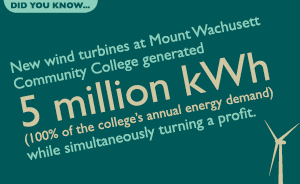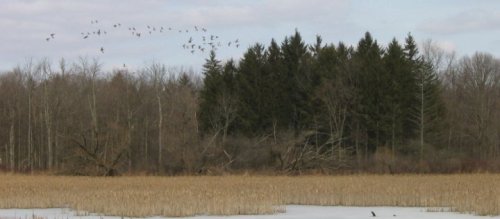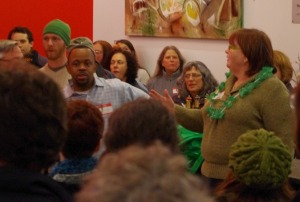By Rachel Sylvan, Director, Sustainability & CSR, Sodexo North America and Bianca Mazzarella, Consultant, Context America
(This article appears in the August, 2011 issue of The ACUPCC Implementer)
On the shores of the pristine Seneca Lake in the heart of the Finger Lakes in northern New York, environmental sustainability is on everyone’s mind. Enjoying nature and the outdoors are a part of life here, and residents want to keep it that way.
So when Hobart and William Smith Colleges (HWS) in Geneva, New York, decided to expand their student population, administrators wanted to ensure that the campus grew sustainably.
In September 2007, HWS signed the American College & University Presidents’ Climate Commitment (ACUPCC), an effort by a network of colleges and universities to accelerate sustainability by pursuing climate neutrality. This involves finding ways to ensure a campus produces no net emissions of greenhouse gases (GHGs) by, for example, using renewable energy and conserving energy.
Signing the commitment formalized the institution’s obligation to cut carbon emissions, and in January 2010, HWS went a step further and published their Climate Action Plan, putting a 2025 deadline on campus climate neutrality. This is a tough target.
Sodexo, a long-time provider of dining services and facilities management to HWS, is helping HWS achieve that goal. Since 2008, we have worked with HWS to reduce energy consumption by 10%, and GHG emissions by 6%, as the student population has grown.
“We have a great working relationship with Sodexo,” said Jamie Landi, Sustainability Coordinator at HWS. “We don’t think of them as a separate entity on campus. We’re on the same team, and we both view sustainability as a top priority.”







 In the 4th grade, I decided what I wanted to be when I grew up. A garbage woman and an author! Although I lived in a small, pristine town on the north shore of Long Island with very little mess, I abhorred the thought of litter. I envisioned a fruitful and happy vocation writing stories about my adventures while picking up stray cans and pieces of newspaper in the ‘hood.
In the 4th grade, I decided what I wanted to be when I grew up. A garbage woman and an author! Although I lived in a small, pristine town on the north shore of Long Island with very little mess, I abhorred the thought of litter. I envisioned a fruitful and happy vocation writing stories about my adventures while picking up stray cans and pieces of newspaper in the ‘hood.


 In retrospect, very early on in my life, I can recall two constant themes that arose in almost of all the communication in my home as a child. It did not matter what the topic of discussion was, delivered in a soft spoken manner or as loud as shattering glass, somehow it always centered around money or more succinctly put, not enough money to make ends meet. I believe that this is why I ended with a career in Development.
In retrospect, very early on in my life, I can recall two constant themes that arose in almost of all the communication in my home as a child. It did not matter what the topic of discussion was, delivered in a soft spoken manner or as loud as shattering glass, somehow it always centered around money or more succinctly put, not enough money to make ends meet. I believe that this is why I ended with a career in Development.
